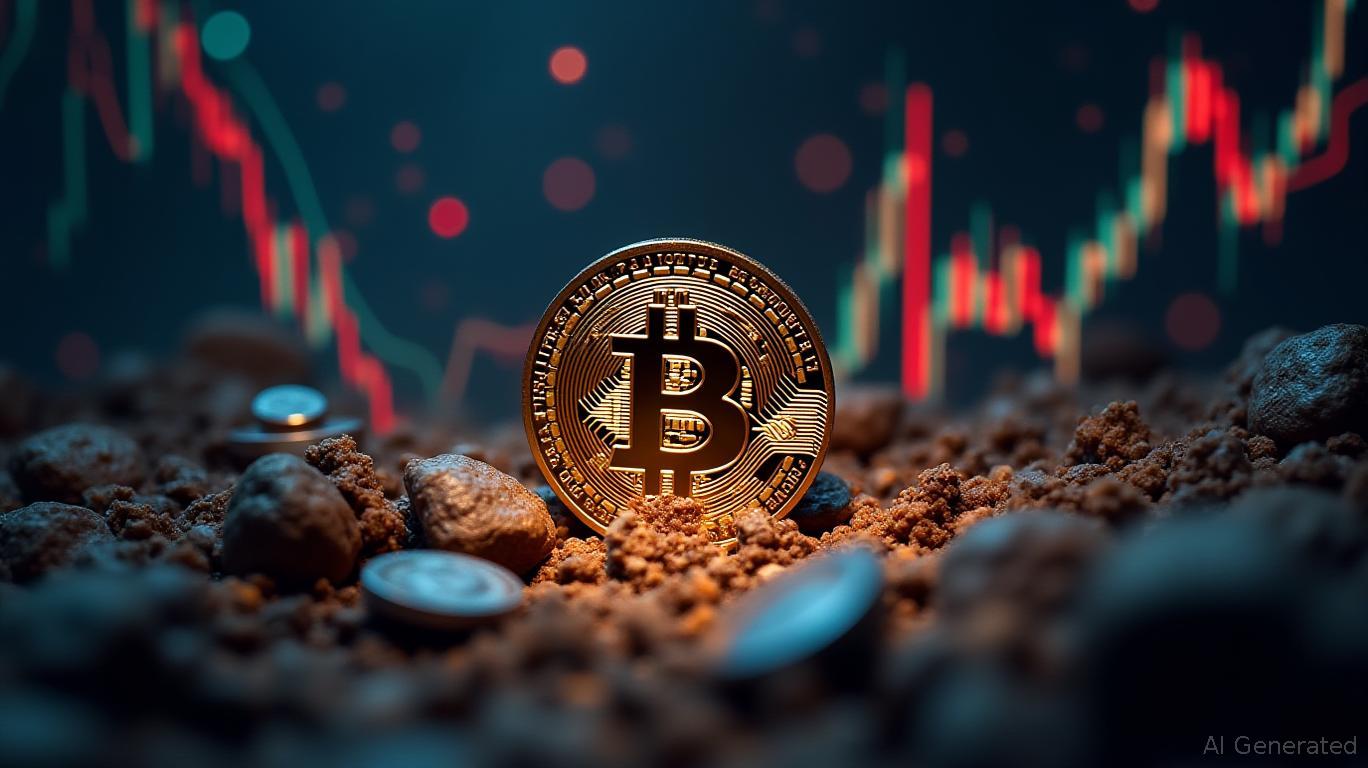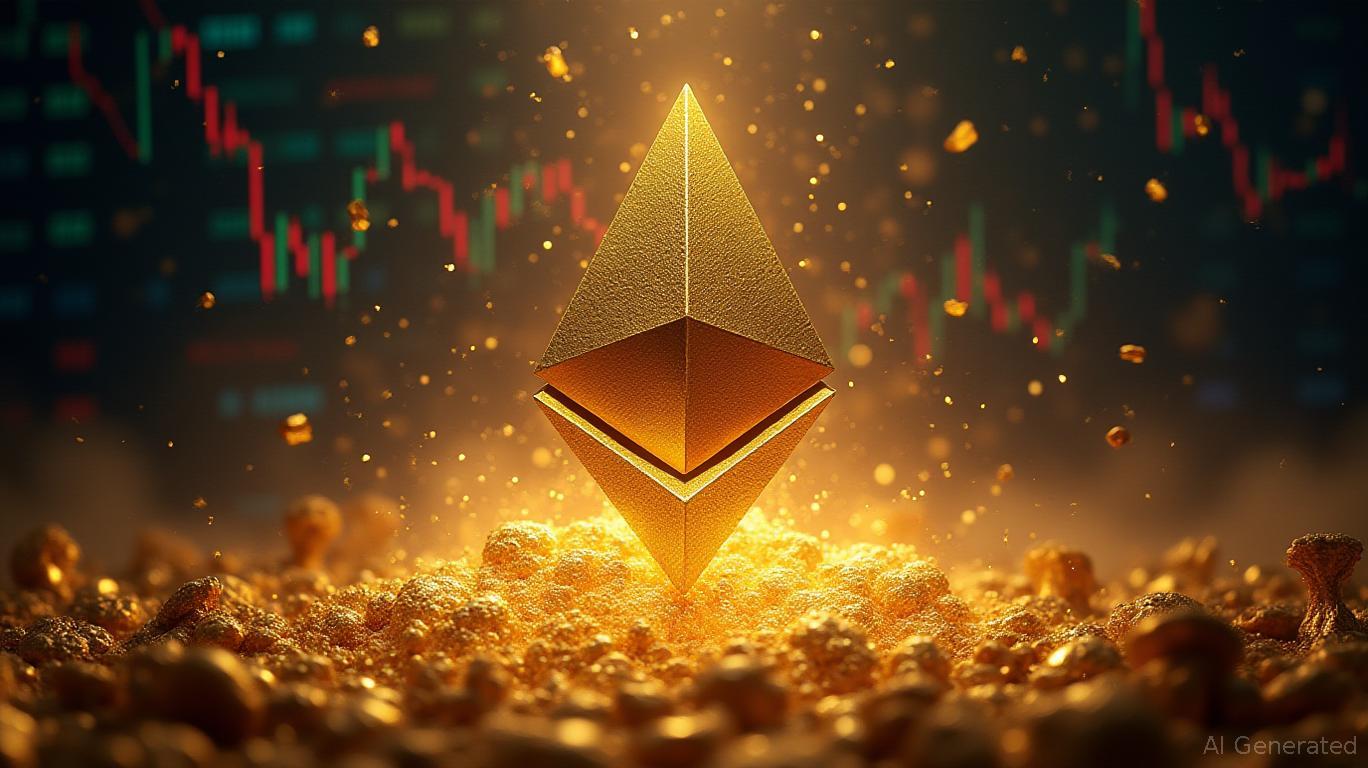SHIB Falls by 0.78% as Network Security Enhancements and Market Fluctuations Continue
- SHIB dropped 0.78% on Nov 2, 2025, amid broader market corrections and a 52.22% annual decline despite short-term gains. - Shiba Inu announced Shibarium's RPC migration and security upgrades to enhance decentralization after a September validator key breach. - Technical analysis shows SHIB trading near RSI neutrality with the 200-day moving average as key support amid network upgrades. - A backtest evaluating price impacts failed due to "division by zero" errors in historical data, requiring filtered dat
As of November 2, 2025,
The
Following this incident, the Plasma Bridge for BONE was reinstated, and new security measures were introduced, including a seven-day withdrawal waiting period and a blacklist feature to deter malicious actions. These improvements are intended to foster greater trust and stability within the ecosystem.
Technical analysis for the backtest utilized moving averages and the relative strength index (RSI) to evaluate short-term price swings and the strength of trends. These indicators help pinpoint potential reversal zones and determine if SHIB is currently overbought or oversold. For example, the RSI has hovered near the midpoint, while the 200-day moving average remains a crucial support level. Such metrics are essential for analyzing SHIB’s price trends amid network upgrades and shifting market dynamics.
Backtest Hypothesis
A backtest was conducted to analyze how the recent Shibarium RPC migration and associated security improvements affected SHIB’s price. However, the process was halted due to a “division by zero” error, which usually happens when price data for a specific event date is missing or recorded as zero. The most likely explanation is that the first month in the event timeline (probably January 2022) does not have a valid closing price from the previous month, resulting in a division by zero during the return calculation.
It’s also possible that one or two following months have zero closing prices, further complicating the analysis. To address this, the event timeline can be revised to include only those months that meet certain requirements: the monthly close must show at least a 10% decrease from the previous month, and the previous month’s close must be above zero. This approach would automatically filter out problematic months like January 2022 and any others with invalid data. After cleaning the data, the backtest can be rerun to better understand how these upgrades have influenced SHIB’s price movements.
Disclaimer: The content of this article solely reflects the author's opinion and does not represent the platform in any capacity. This article is not intended to serve as a reference for making investment decisions.
You may also like
Bitcoin Updates: Onchain Activity and Miner Expansion Face Off Against ETF Withdrawals and Federal Reserve Uncertainty
- Bitcoin's onchain inflows pushed realized cap above $1.1T, but ETF outflows and Fed uncertainty hinder recovery. - October saw $19B crypto crash, with ETFs like Fidelity's FBTC recording $164M outflows amid rate cut fears. - Miners expand operations with $314M ASIC purchases, signaling long-term bullishness despite short-term volatility. - Analysts remain cautiously optimistic about Bitcoin's future if ETF demand resumes and macroeconomic stability returns.

Ethereum Updates Today: Institutional Magic: Ethereum’s $13 Billion Reserve Stands Strong Against Market Fluctuations
- Michael Saylor and Tom Lee drive Ethereum's institutional adoption, with BitMine holding 3.34M ETH ($13.2B) as the largest treasury. - BitMine's $113M ETH purchase via Galaxy Digital aims to reach 5% of Ethereum's supply, following a $29.28M buy in November. - Saylor's Strategy Inc. (MSTR) holds 640,808 BTC ($23.2B gains) and predicts $150K Bitcoin by 2025 amid regulatory progress. - Despite 13% Ethereum price drop in October, institutional confidence persists through OTC buying strategies and treasury m

The End of Crypto’s “Pump-and-Dump” Era? How Milk Mocha Rebuilt the Presale for the Community

Zcash’s privacy-focused protocol sparks changes in the market while lawmakers discuss regulations on data privacy.
- Zcash (ZEC) surges 400% amid ECC's Q4 2025 roadmap, surpassing Monero in market cap. - Privacy upgrades like Orchard protocol and P2SH multisig aim to enhance shielded transactions (27.5% of supply). - Institutional adoption (Grayscale's $85M ZEC fund) and infrastructure improvements drive demand for censorship-resistant assets. - Technical indicators suggest $500 potential if $380–$400 resistance breaks, but regulatory risks and Monero's darknet dominance persist. - ECC's "viewing keys" strategy seeks r
